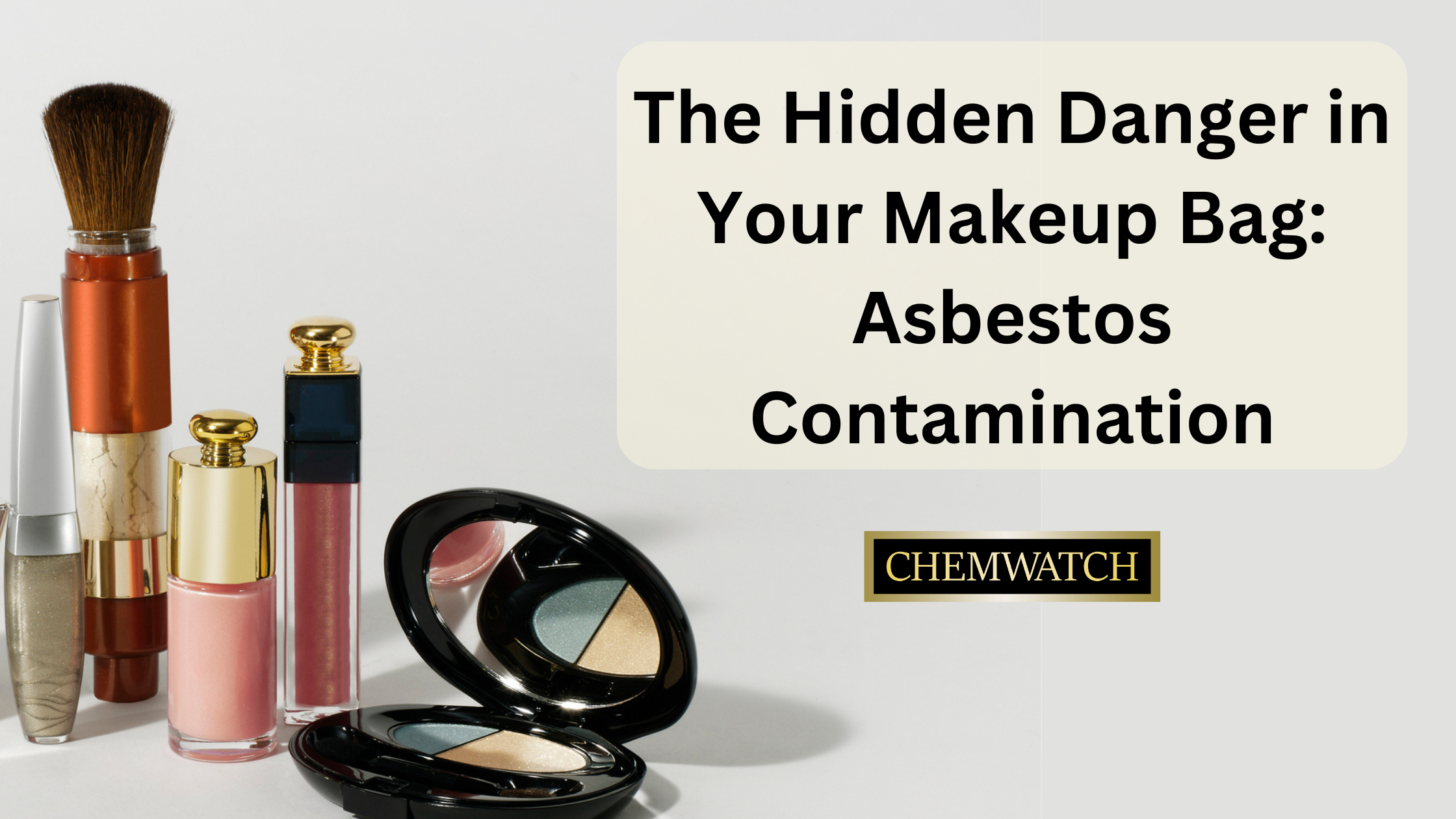
Do you know how safe your everyday makeup products are? Your daily makeup routine, intended to enhance beauty, could be inadvertently exposing you to a silent threat: asbestos. This naturally occurring mineral, valued for its heat-resistant and insulating properties, is a known carcinogen linked to severe health complications like mesothelioma, lung cancer, and asbestosis. While it may seem far-fetched, asbestos has been detected in certain cosmetic products, raising serious concerns about consumer safety.

The primary culprit behind asbestos contamination in makeup is talc, a widely used ingredient prized for its smooth texture and ability to absorb oil. Talc and asbestos deposits are often found in close proximity in nature, making cross-contamination during mining a significant risk. When talc isn't meticulously tested and purified, microscopic asbestos fibers can infiltrate products like eyeshadow, blush, face powder, and even children's makeup.
Inhalation or ingestion of asbestos fibres can initiate a cascade of devastating health effects. While the risk associated with occasional makeup use might appear minimal, repeated exposure over time can significantly increase the likelihood of developing asbestos-related diseases. These diseases are often characterised by long latency periods, meaning symptoms may not manifest for decades, making early detection challenging.
In many countries, including the U.S., there is a lack of mandatory testing of cosmetic products for asbestos. This regulatory gap leaves consumers vulnerable to potential exposure, placing the onus on individuals to be vigilant about the products they use. Some independent organisations and laboratories have stepped in to fill this void, conducting tests and raising awareness about the issue.
While the risk of developing asbestos-related diseases solely from makeup use might be relatively low, the potential consequences are too severe to ignore. By understanding the risks, making informed choices, and advocating for stricter regulations, you can protect yourself and your loved ones from this hidden danger. Remember, your health is your most valuable asset, and taking proactive measures to safeguard it is an investment in your well-being.
If you want to know more about the environmental and health effects of chemicals, or how to minimise risk while working with chemicals, we’re here to help. We have tools to help you with mandatory reporting, as well as generating SDS and Risk Assessments. We also have a library of webinars covering global safety regulations, software training, accredited courses, and labelling requirements. For more information, contact us today!
Sources